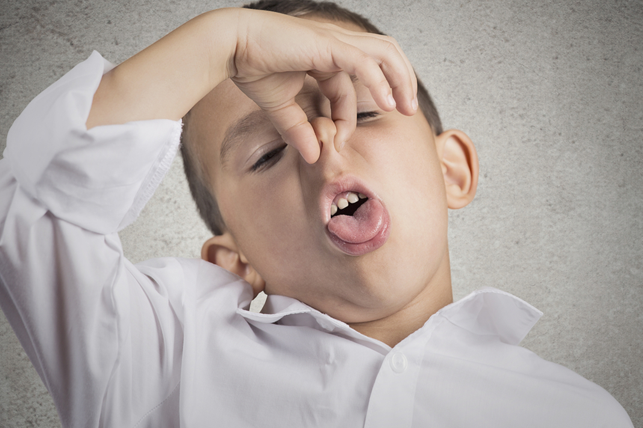One of the most important tools in your child’s mouth-health arsenal is their toothbrush. Often overlooked and under considered, it is vital that you take the time to buy the right toothbrush for your child. Below are some smart shopping guidelines to consider when buying your child’s next toothbrush.
Bristles
Bristles come in all shapes and sizes, but did you know that most dentists think that soft, rounded bristles make the best toothbrushes? This is because soft bristles effectively clean teeth without damaging sensitive gums. Hard rubber bristle liners (called burs) can cut your gums and do not provide any extra cleaning power. Additionally, the rounded shape is easy on sensitive teeth and gums while sharper shaped tooth brushes can easily fray as well as harm sensitive gums. So when you’re looking for a new toothbrush, look for soft, rounded bristles.
Size
The toothbrush head should be sized to comfortably fit in your child’s mouth and small enough to clean all of the spots that are tough to reach. The toothbrush head should fit comfortably between their back molars and their cheek. When purchasing their toothbrush, take your child with you so that you can accurately size their new toothbrush. Try to choose a toothbrush that is specifically designed for kids, or your child’s age bracket.
Handle
There are straight handles, curved handles, angled handles and even handles that vibrate, but the most effective handle isn’t based upon shape, but comfort. When choosing your child’s new toothbrush, you need to make sure that the handle is large enough and comfortable enough for them to hold and brush for two minutes. If the handle is the wrong size, it may not be easy enough for them to grasp and effectively brush their teeth. Look for toothbrushes with a rubber grip so that it is easier for your child to grasp.
When to Exchange It

Toothbrushes face a couple of different problems that can cut their lifespan short. First, general use wears down bristles and impedes their effectiveness over time. Worn down bristles begin to lose their shape and become obviously frayed. You should exchange your child’s toothbrush when the head begins to lose its shape and the bristles become frayed, usually around three months of use.
When your child gets sick, it’s time to get a new toothbrush. Bacteria can buildup on the handle and bristles of their toothbrush and can extend their sickness or reignite it at a later date. If your child has a cold or the flu, immediately buy a new toothbrush once they are no longer sick.
A good rule of thumb is to buy a new toothbrush every three months.
Ask Us!
All of the above criteria applies to adult toothbrushes in addition to those used by children. If you are unsure of the exact toothbrush your child should use, then consult our office! We will be able to help you choose the best toothbrush for your child, and we can suggest a specific model most of the time. Visit our office today to discuss the tools your children use to attain better oral health!

 To get a healthy smile that lasts a lifetime, it’s important that you begin with the right tools. The most important tool for overall oral health is the toothbrush. The American Academy of Pediatric Dentistry (AAPD) recommends that everyone brush their teeth twice per day, for two minutes at a time. But, brushing your teeth is only as effective as your toothbrush. Below, we discuss how to care for your toothbrush, and list the warning signs of an ineffective toothbrush.
To get a healthy smile that lasts a lifetime, it’s important that you begin with the right tools. The most important tool for overall oral health is the toothbrush. The American Academy of Pediatric Dentistry (AAPD) recommends that everyone brush their teeth twice per day, for two minutes at a time. But, brushing your teeth is only as effective as your toothbrush. Below, we discuss how to care for your toothbrush, and list the warning signs of an ineffective toothbrush. Ah the internet. It can be a fantastic resource to access an infinite amount of knowledge and data, or it can be used to spread baseless rumors that confuse otherwise intelligent people. Unfortunately, the internet has made it much easier for people to share healthcare myths that can mislead people into making unhealthy decisions. Below are a few dental myths, and the facts behind them.
Ah the internet. It can be a fantastic resource to access an infinite amount of knowledge and data, or it can be used to spread baseless rumors that confuse otherwise intelligent people. Unfortunately, the internet has made it much easier for people to share healthcare myths that can mislead people into making unhealthy decisions. Below are a few dental myths, and the facts behind them.







